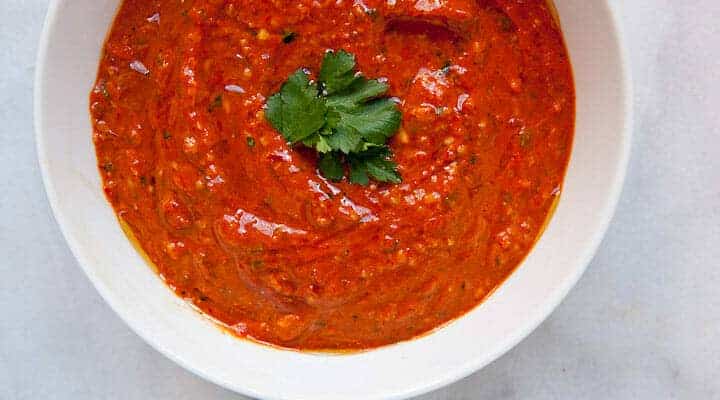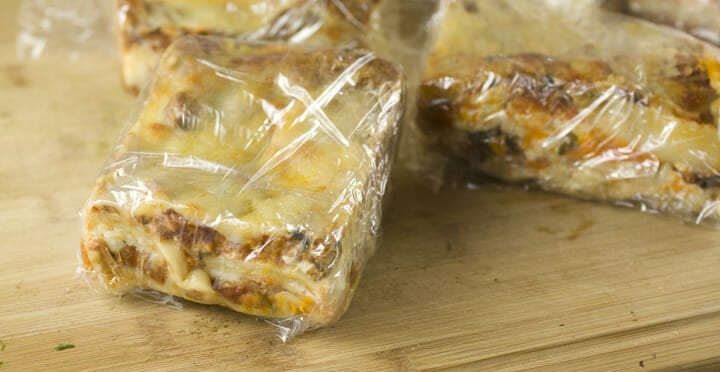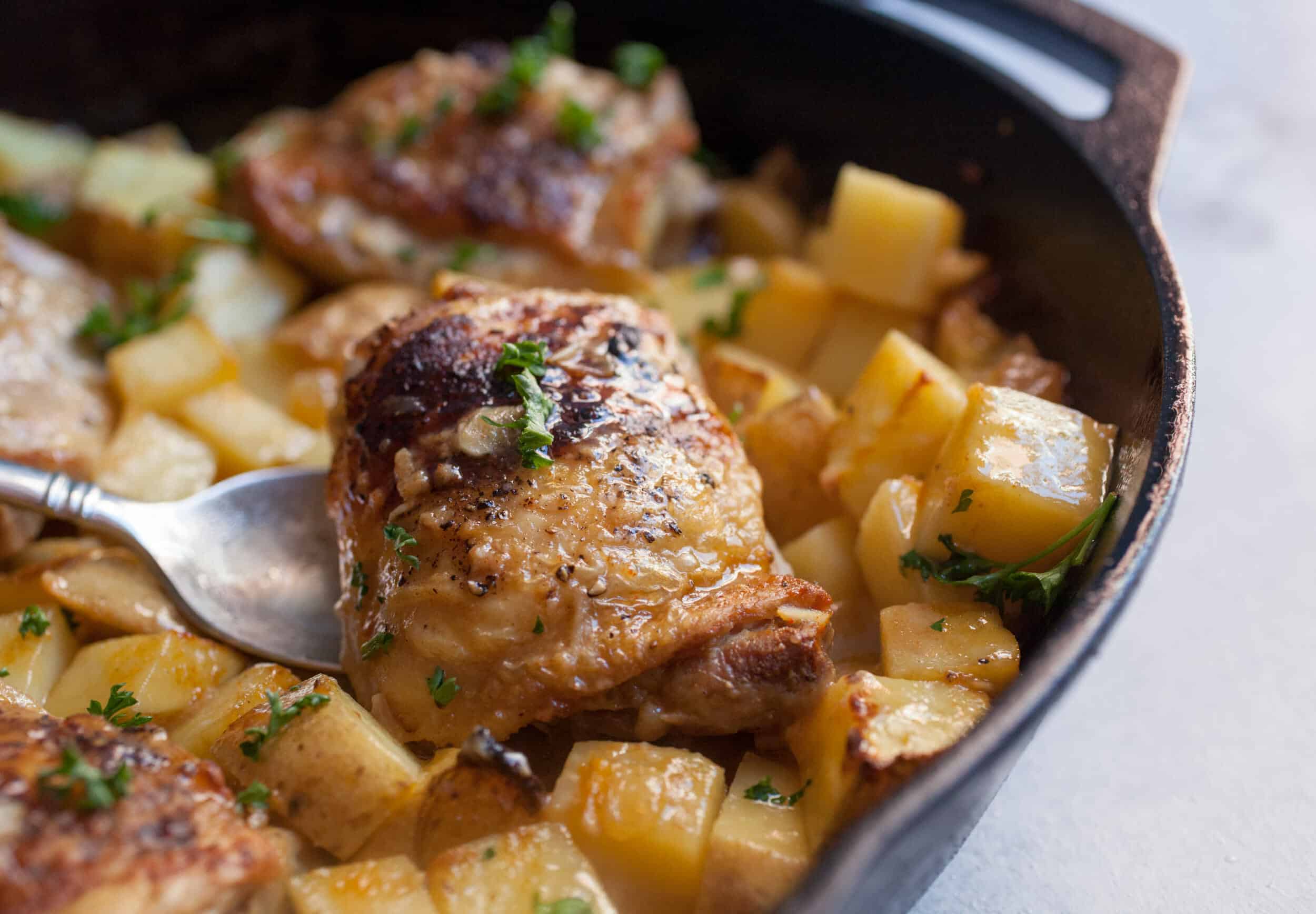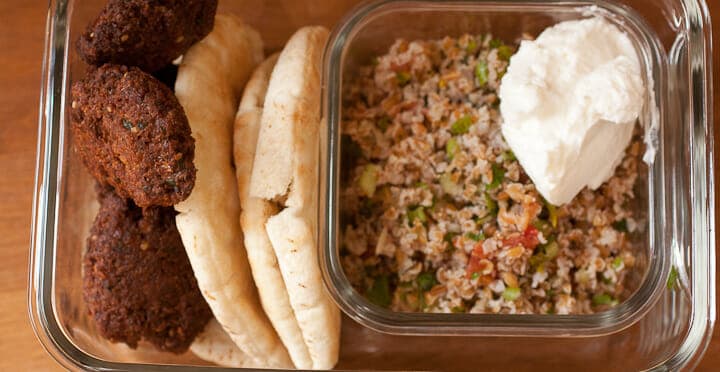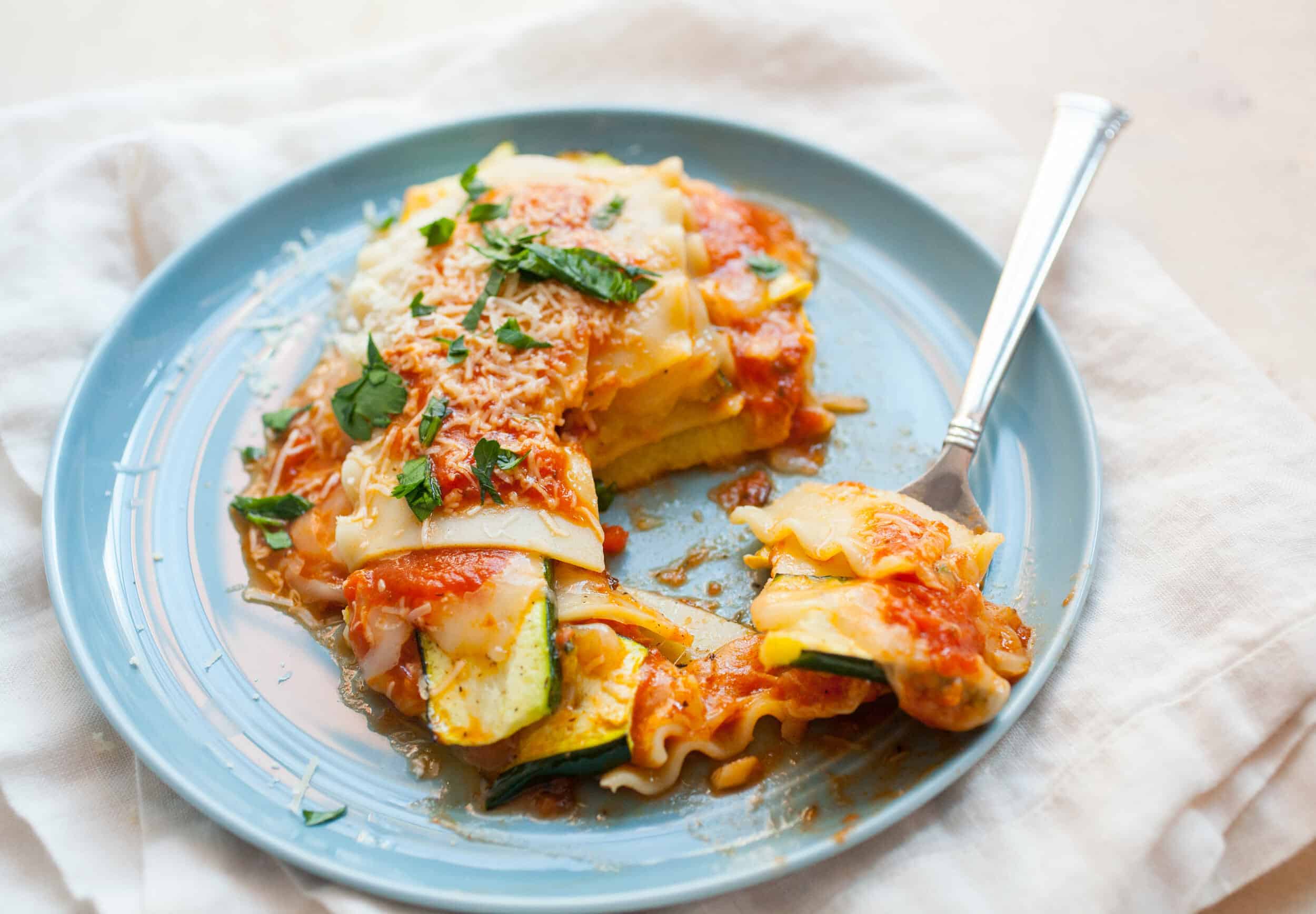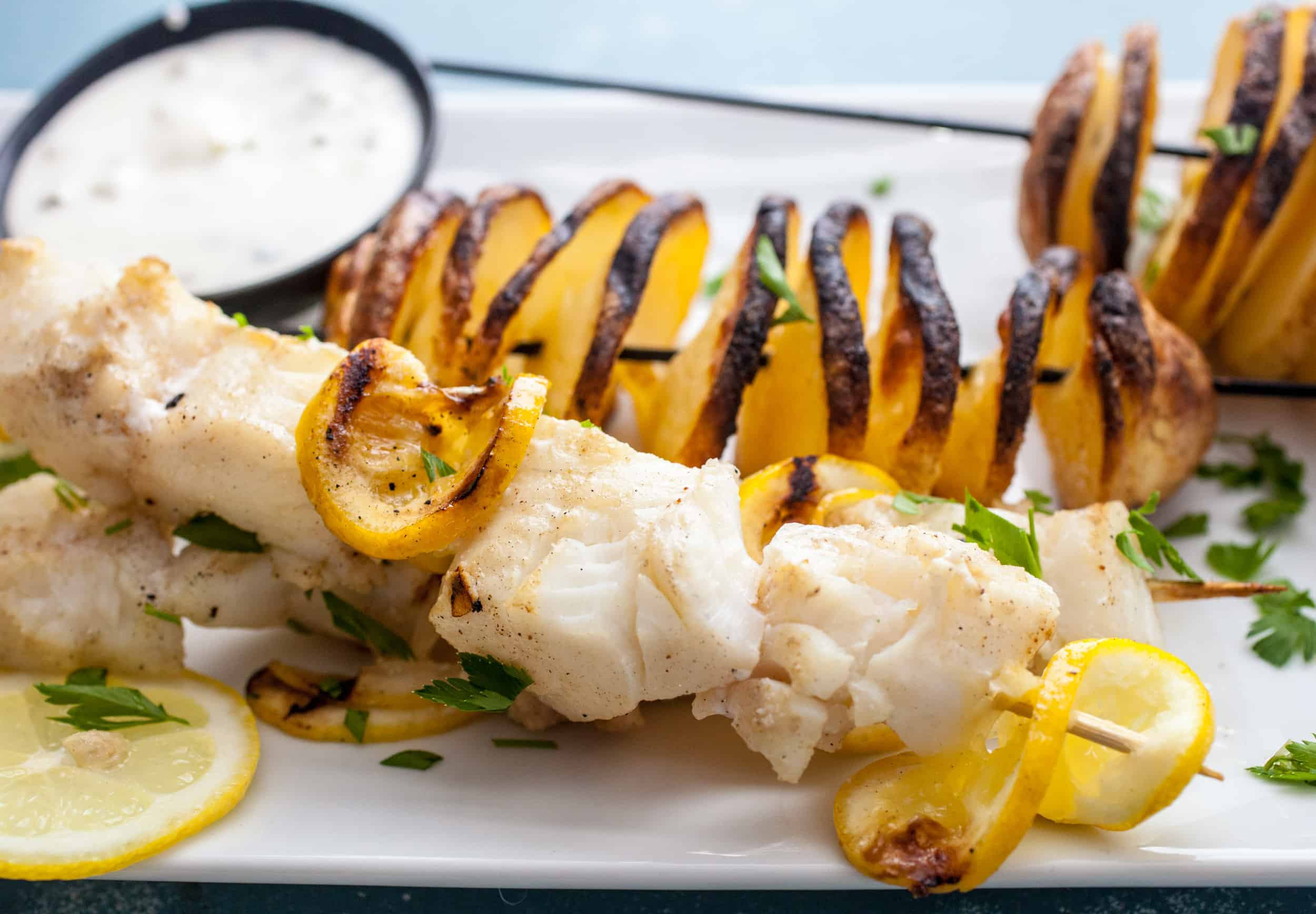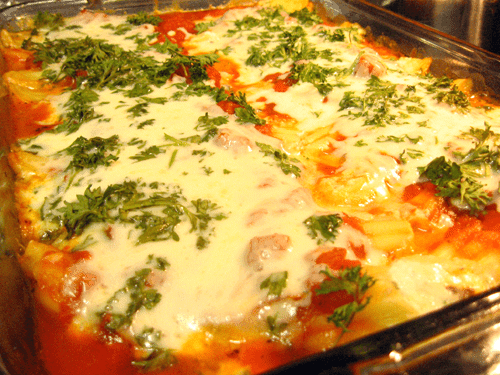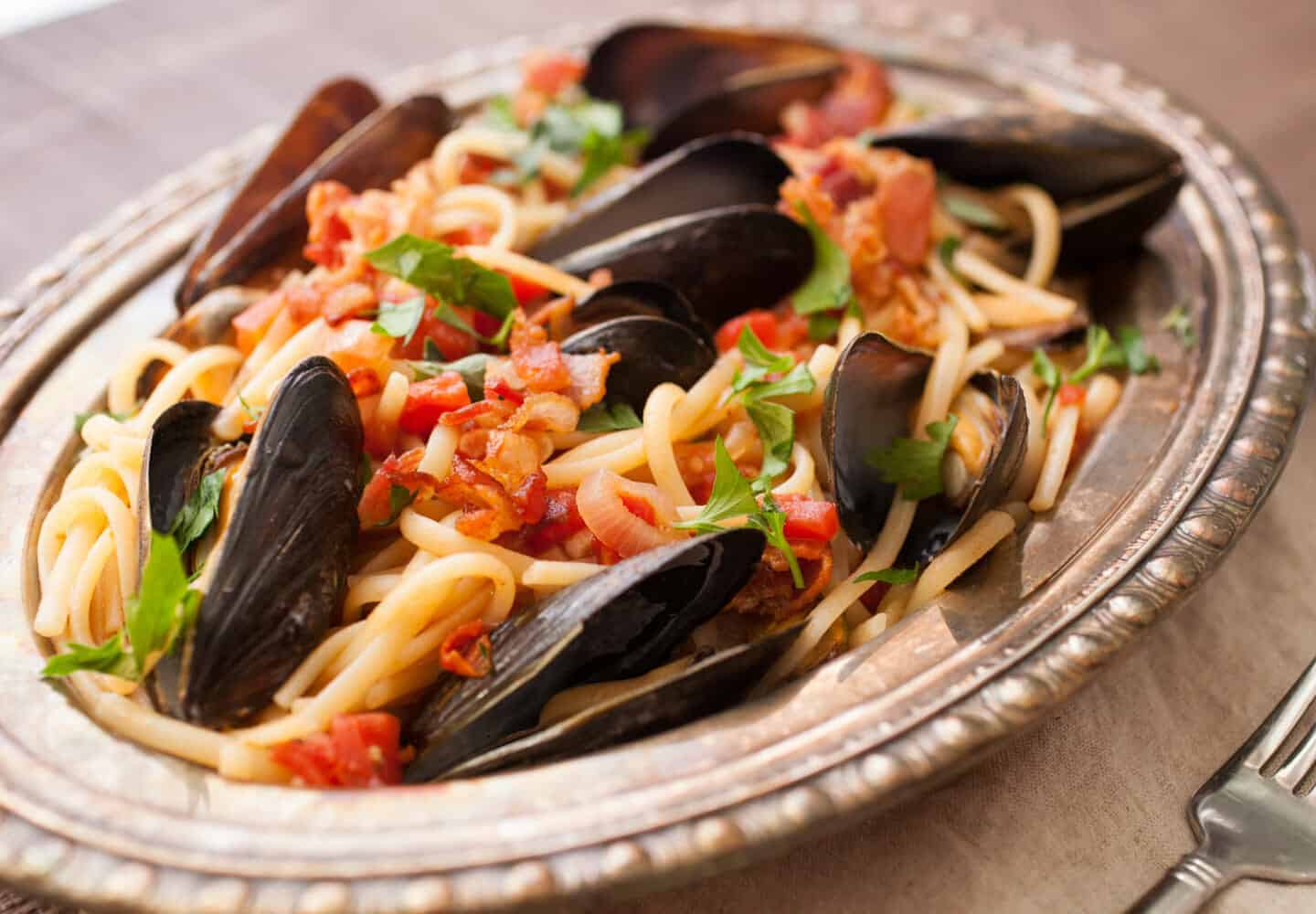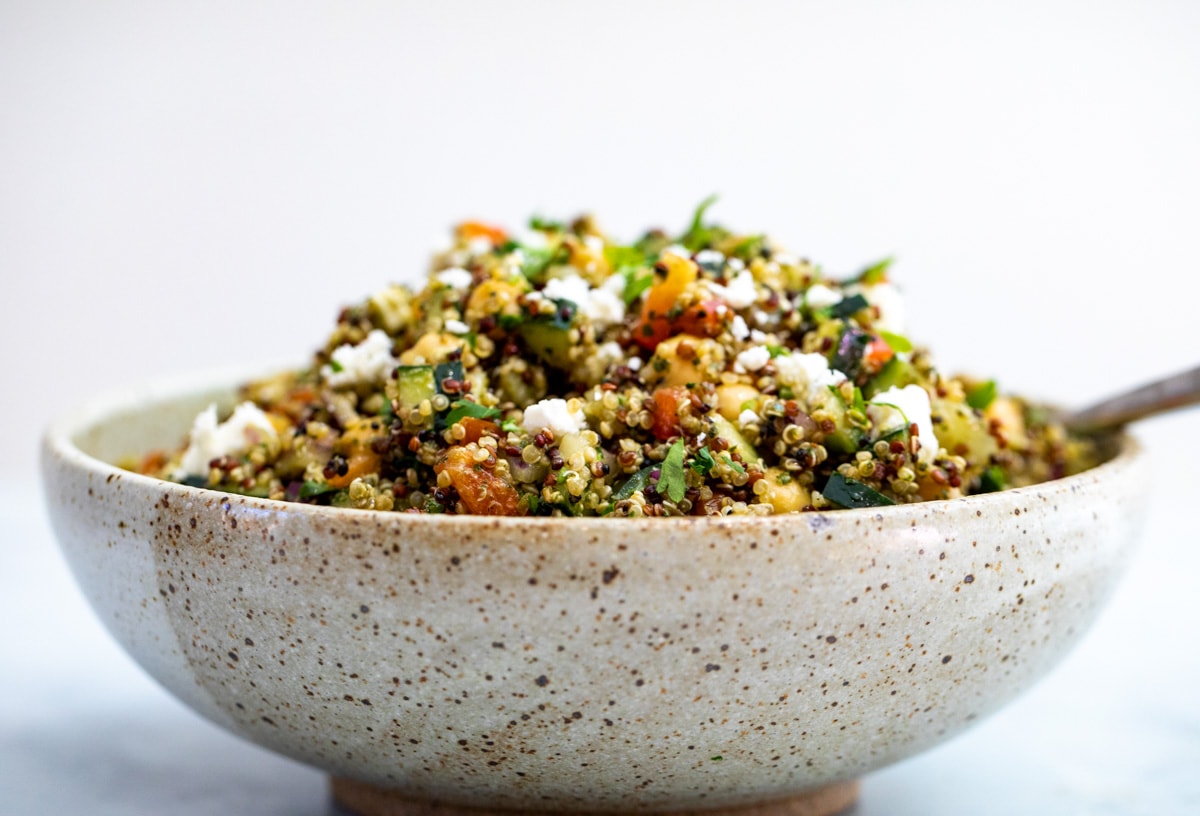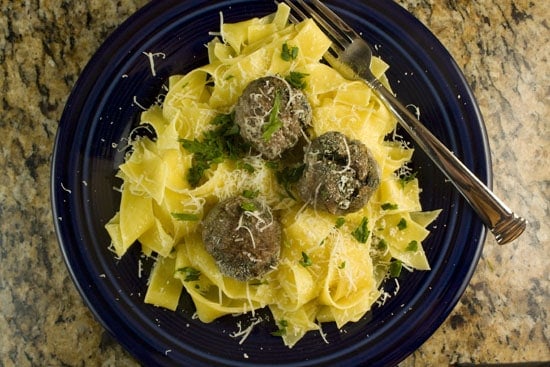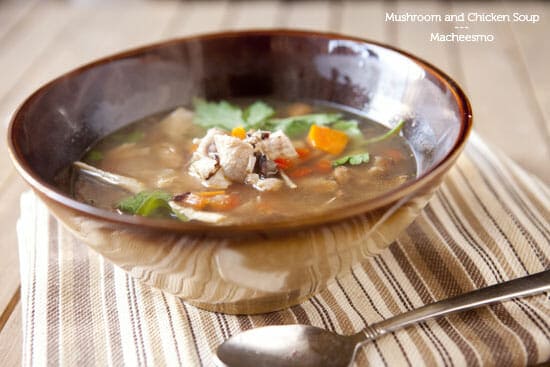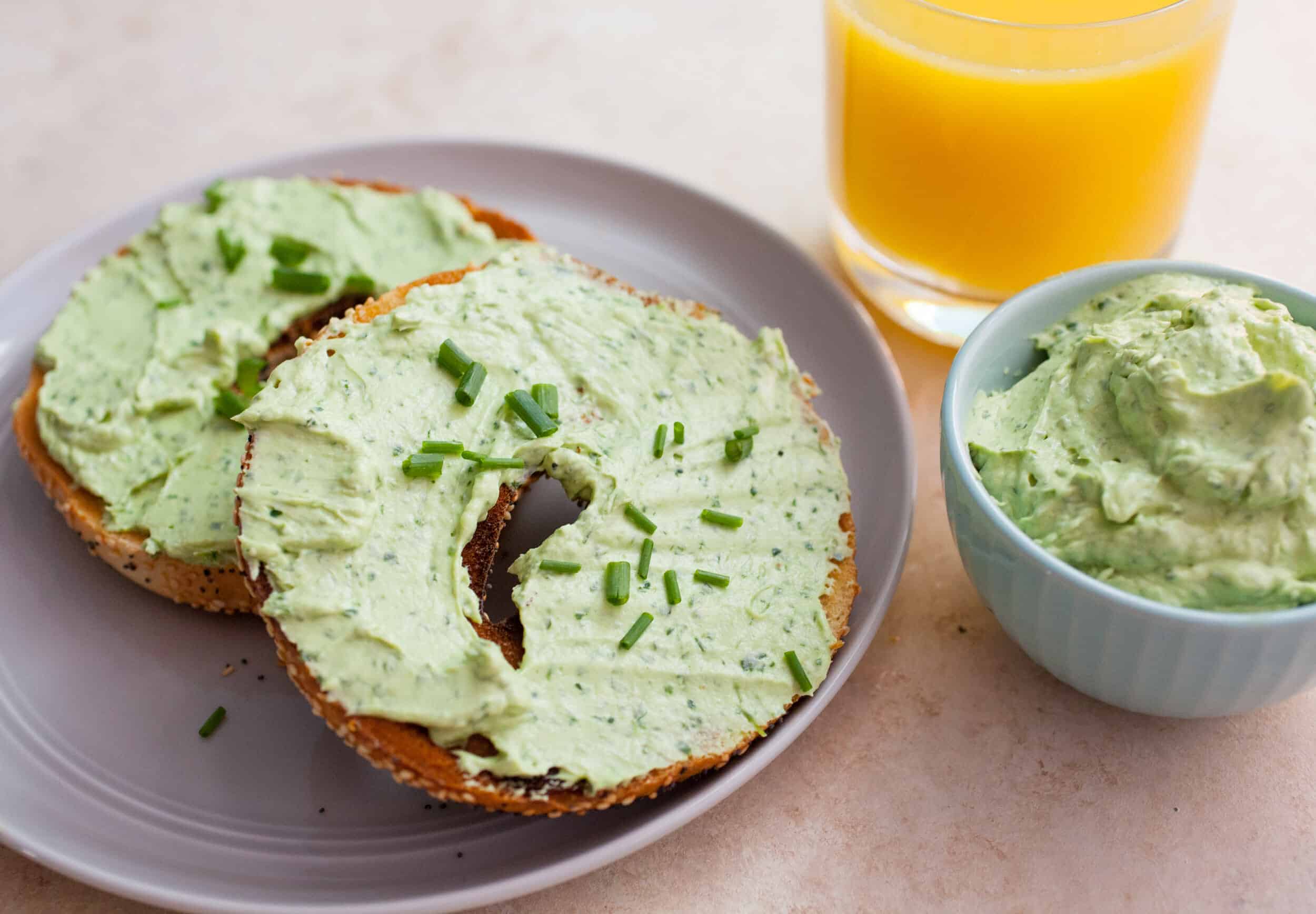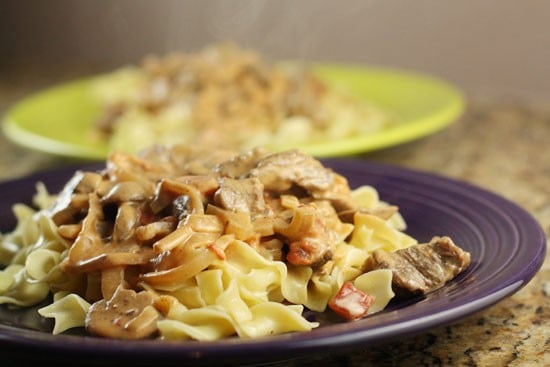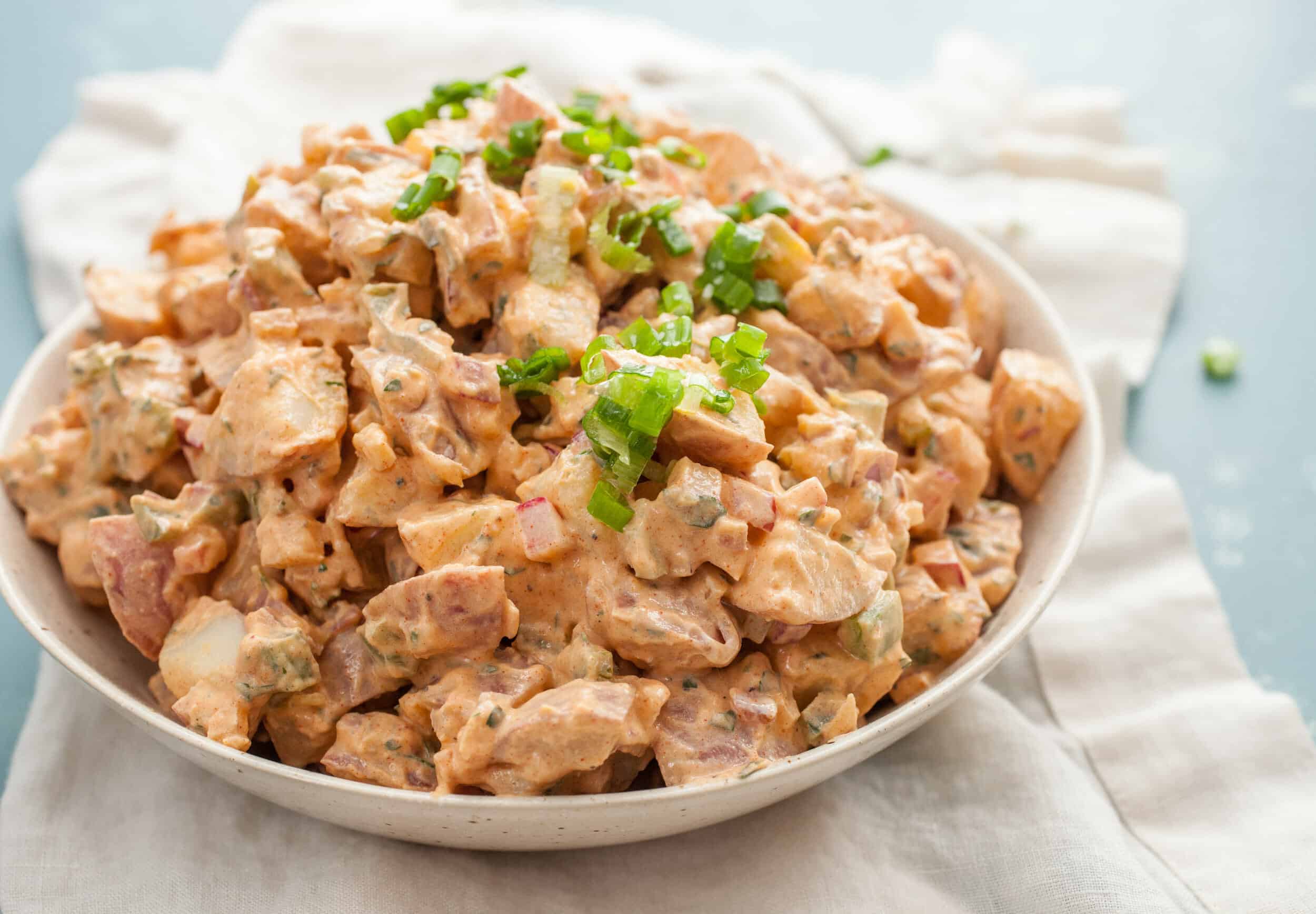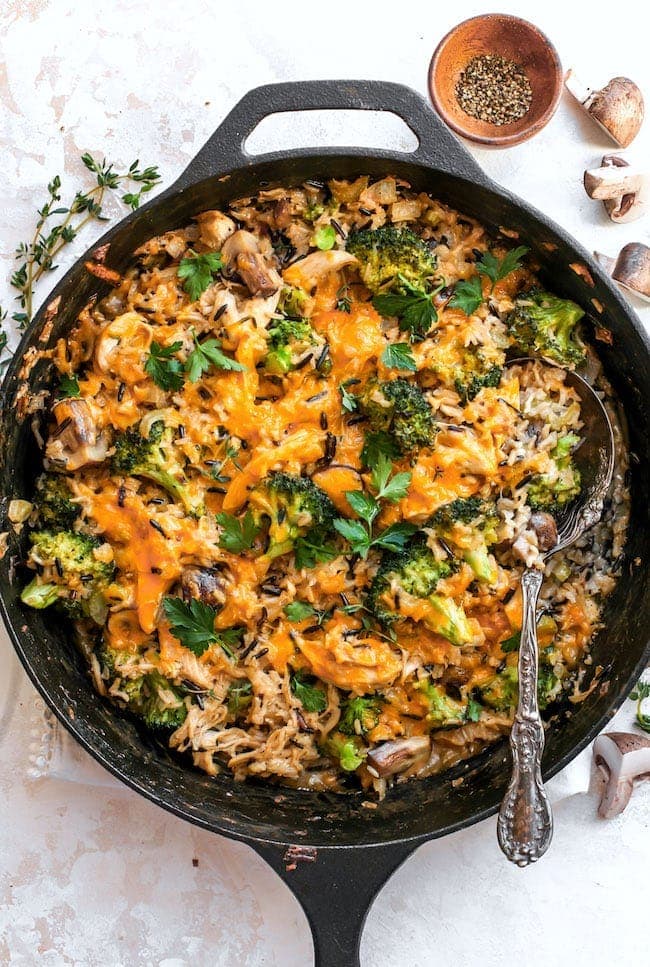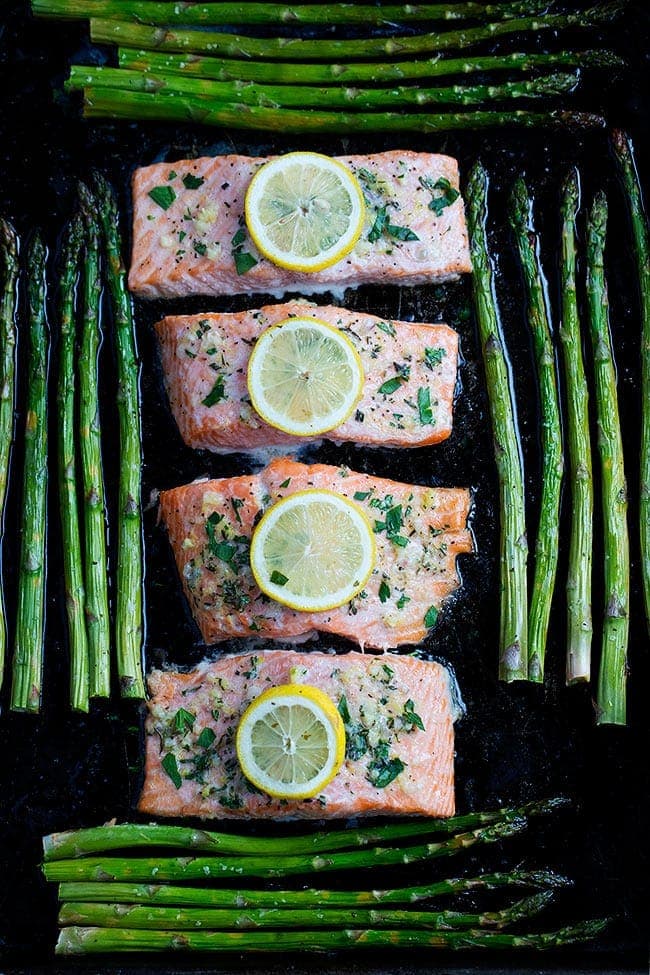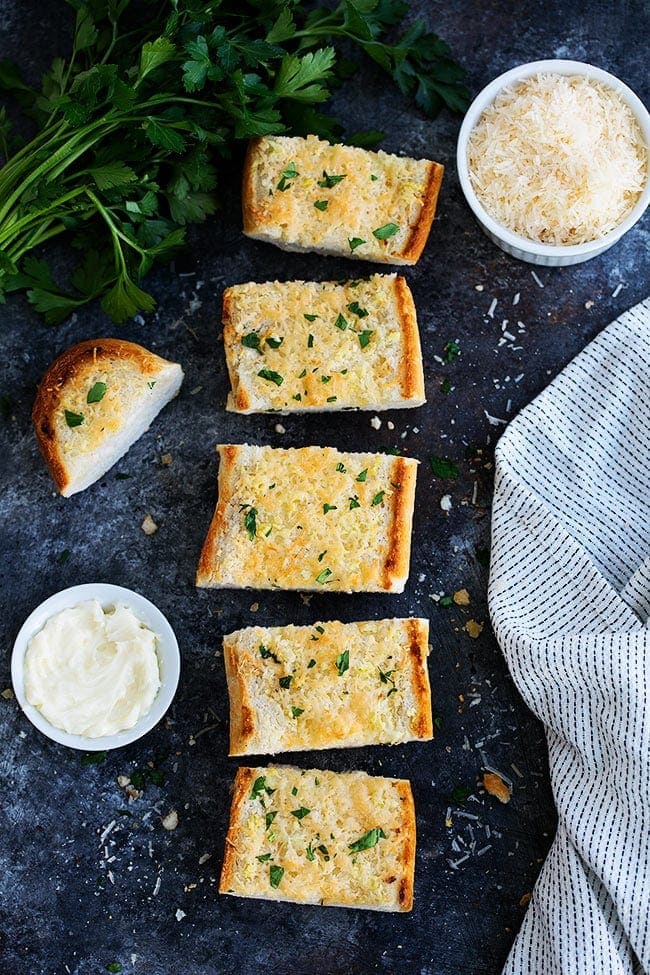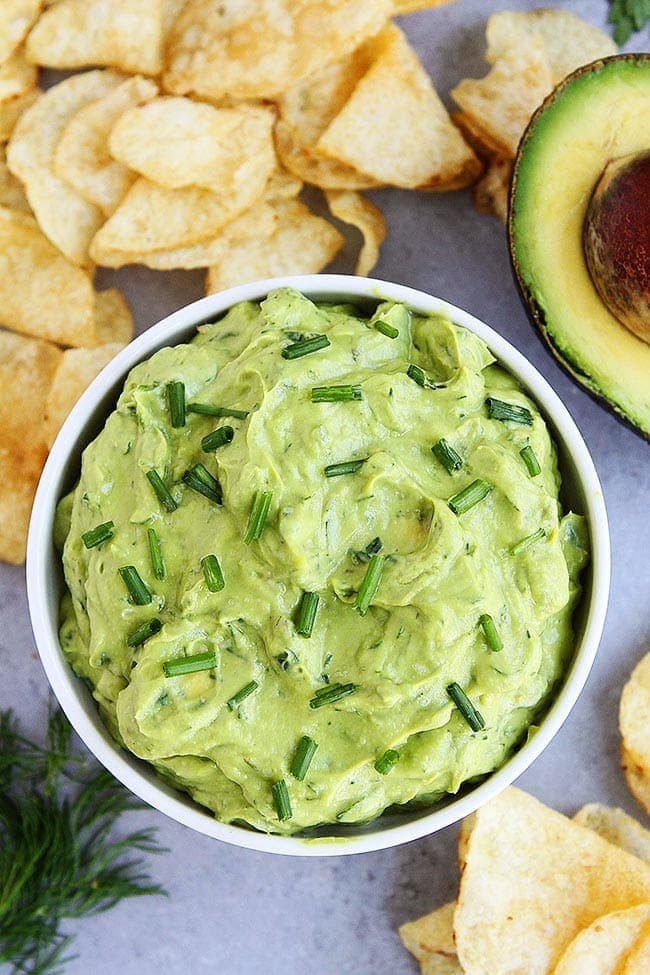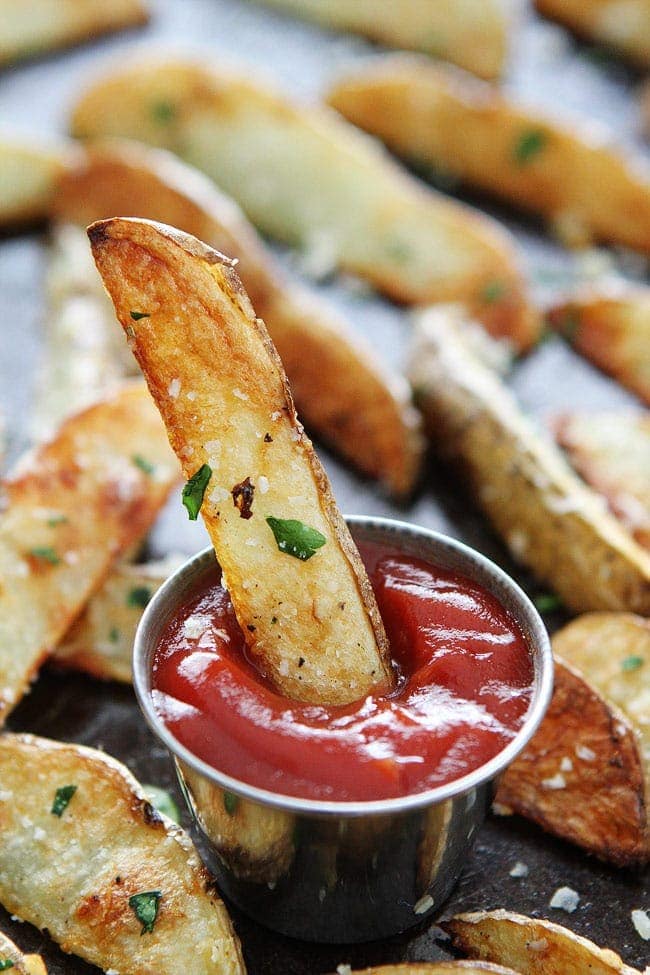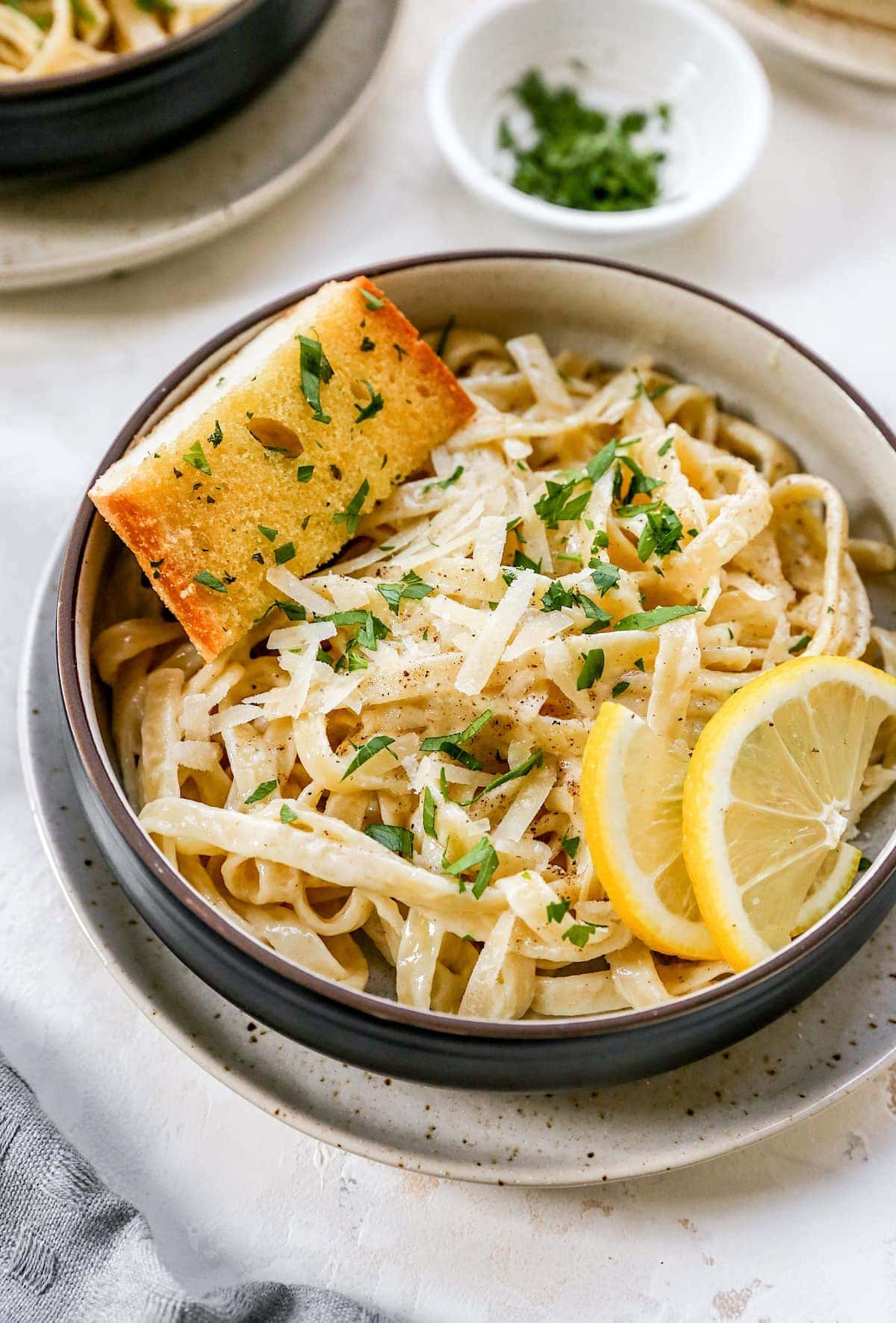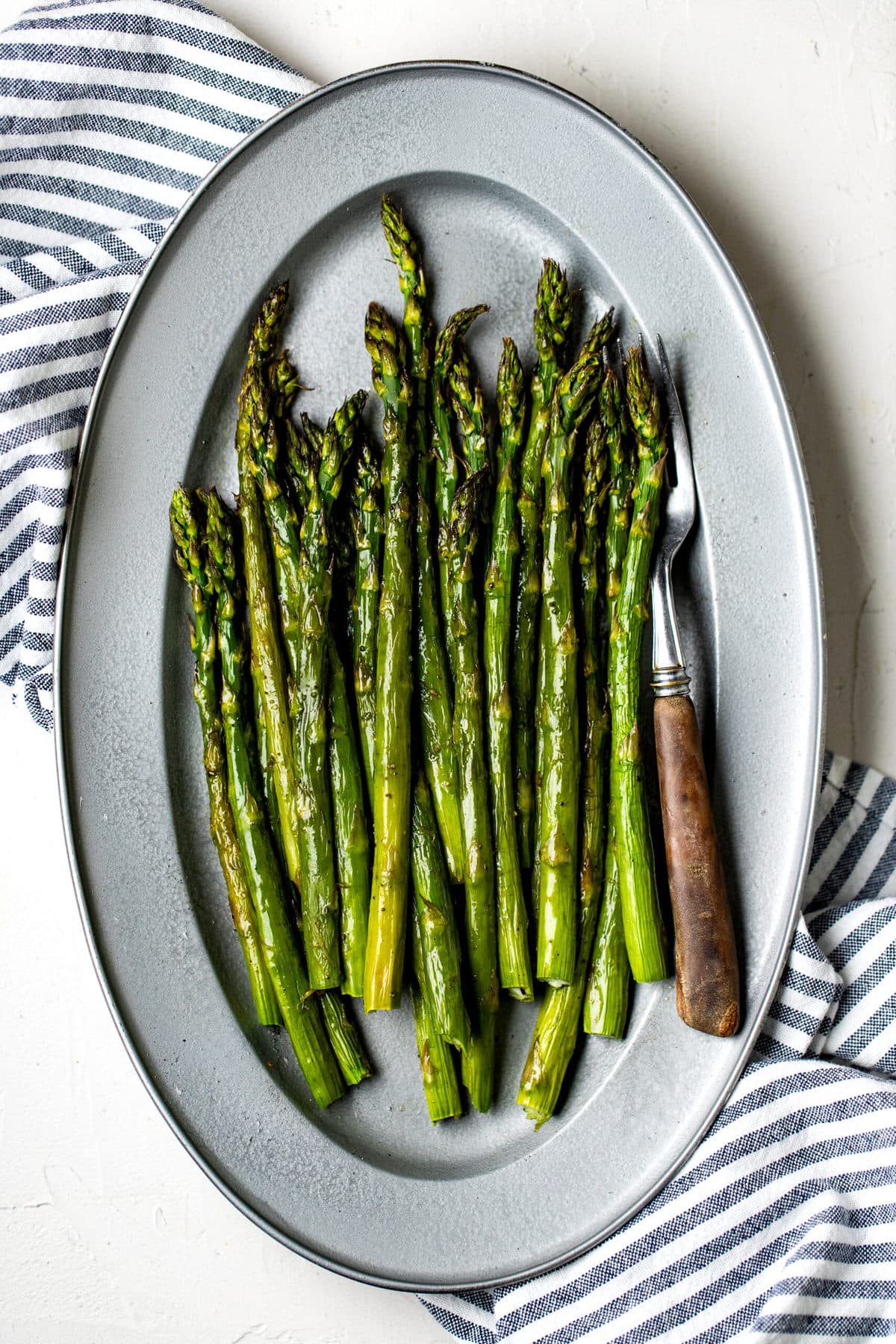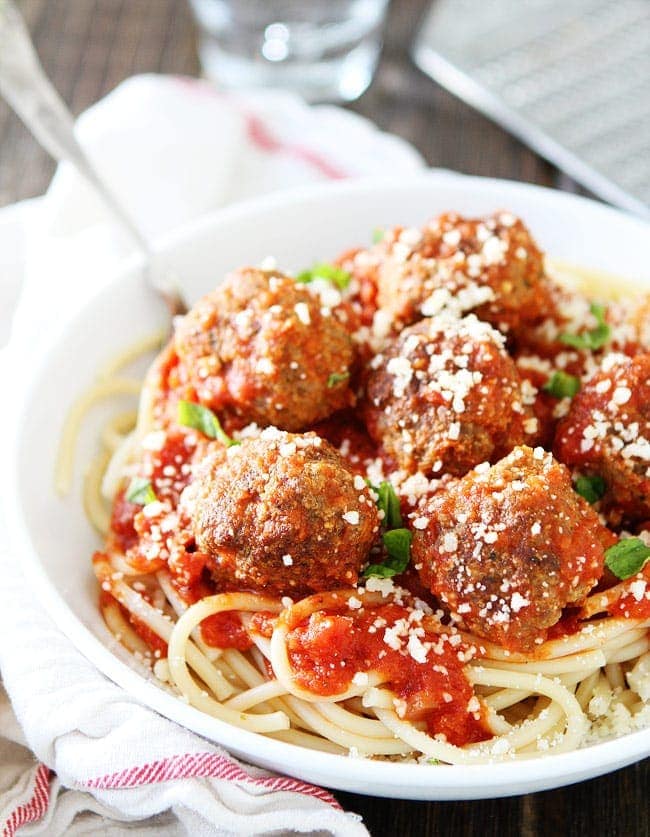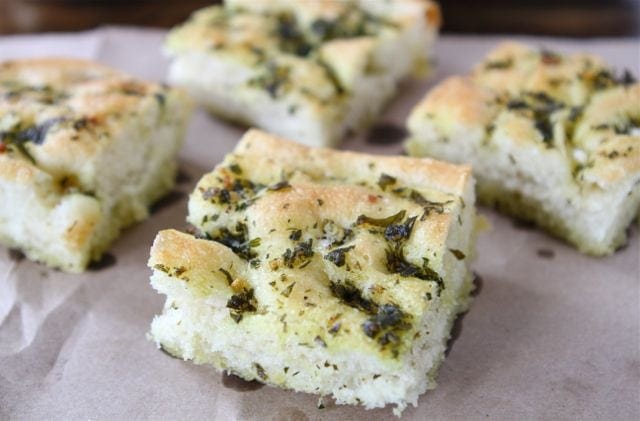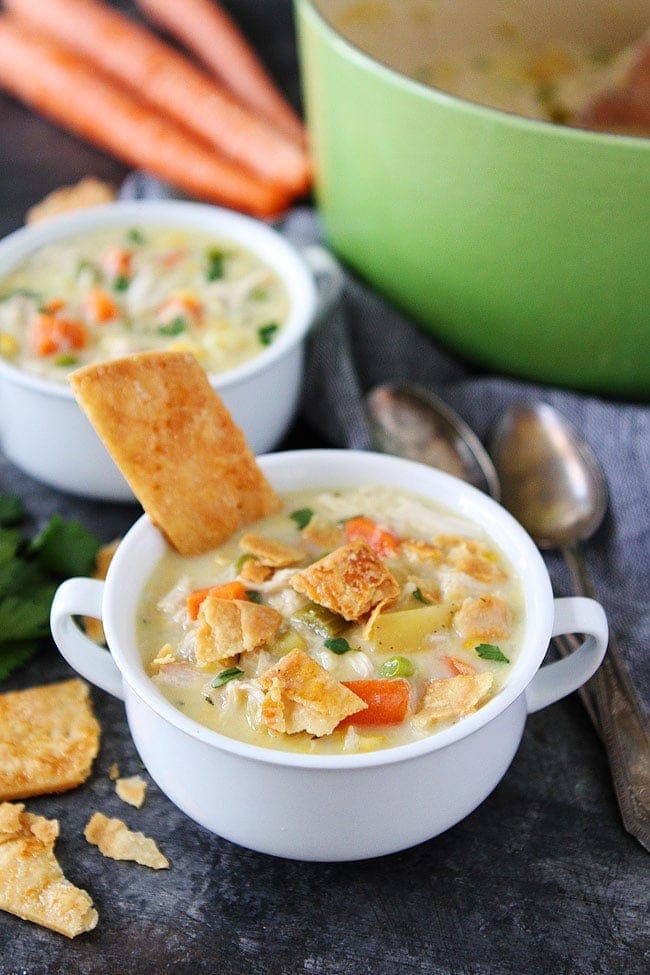Parsley: Important Facts, Health Benefits, and Recipes
Explore the health benefits of parsley, its rich vitamin and mineral content, and its culinary uses in various cuisines with our comprehensive guide.
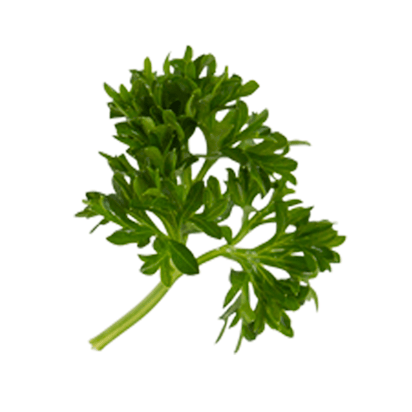
Nutritional Facts
1 bunch
Amount per serving
Calories
19.8
Carbohydrates
3.5 g
Fat
0.4 g
Protein
1.6 g
Saturated Fat
0.1 g
Sodium
30.8 mg
Fiber
1.8 g
Sugar
0.5 g
Best Parsley Recipes
-
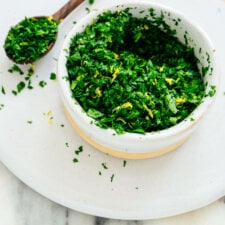
-
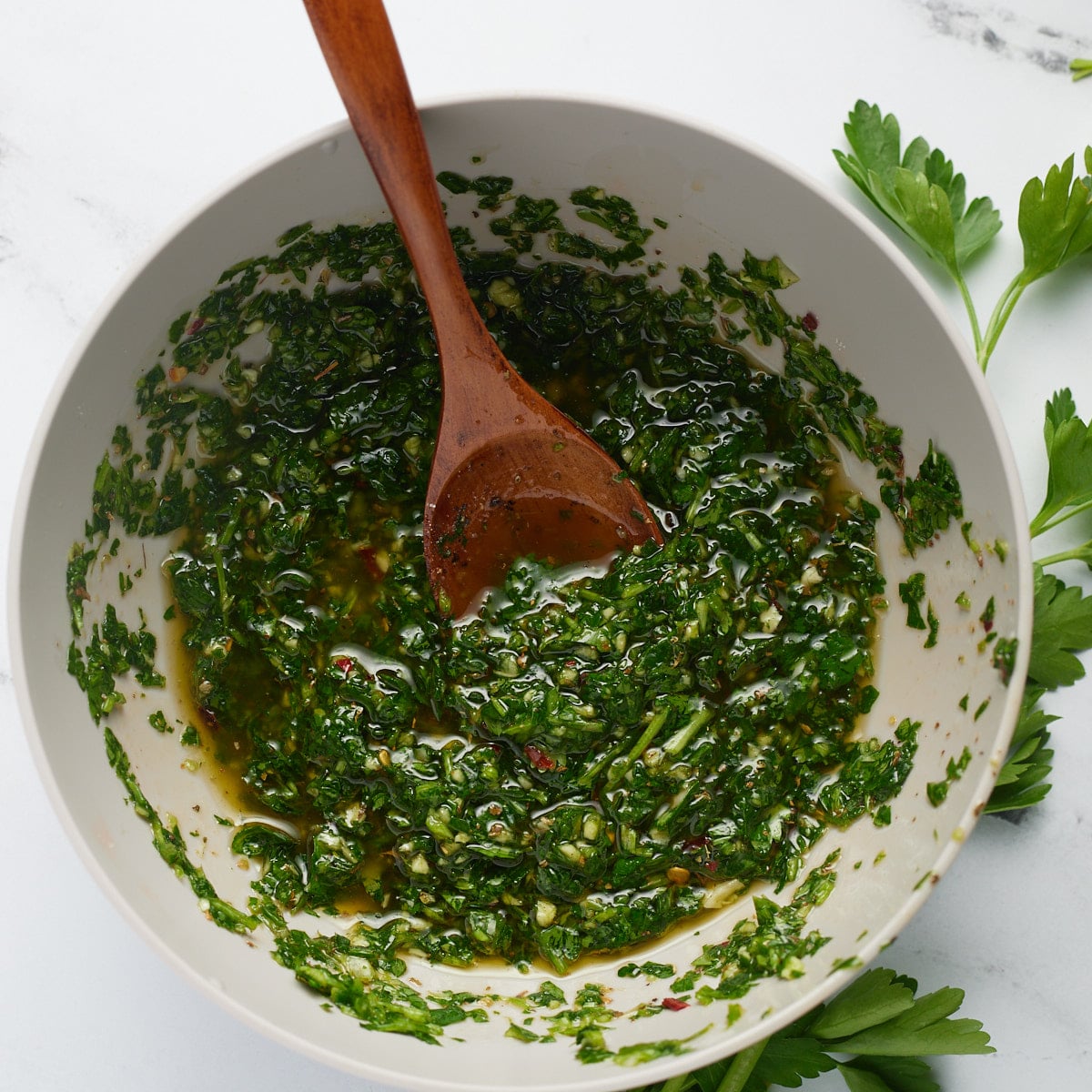
-
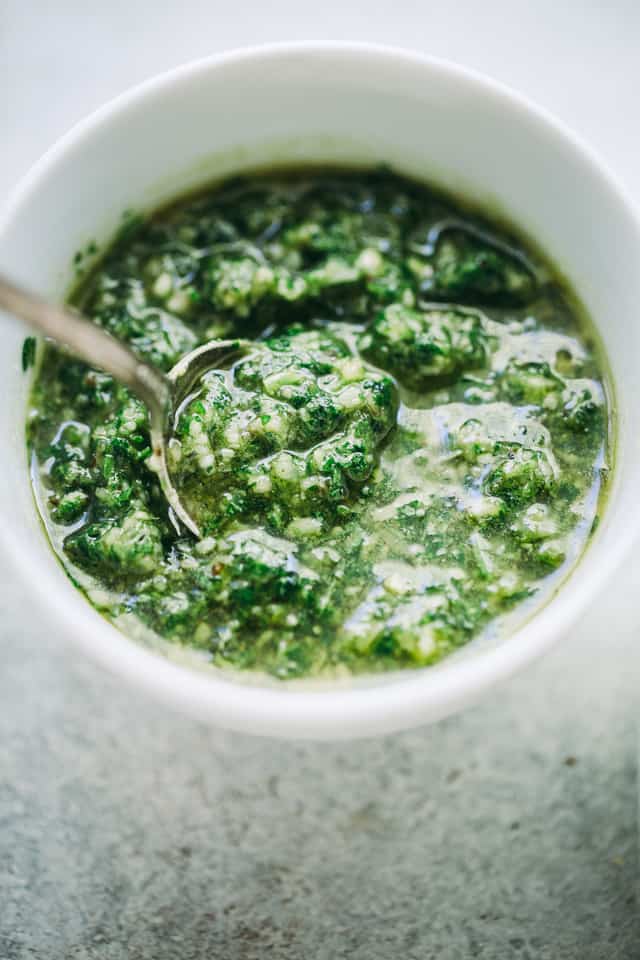
-
:max_bytes(150000):strip_icc()/__opt__aboutcom__coeus__resources__content_migration__simply_recipes__uploads__2011__03__parsnip-parsley-soup-horiz-a-1600-b52d7d2c4f594b90aedeea3c722c709e.jpg)
-
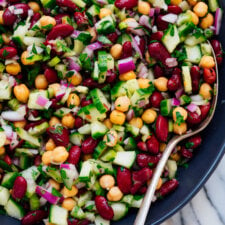
-
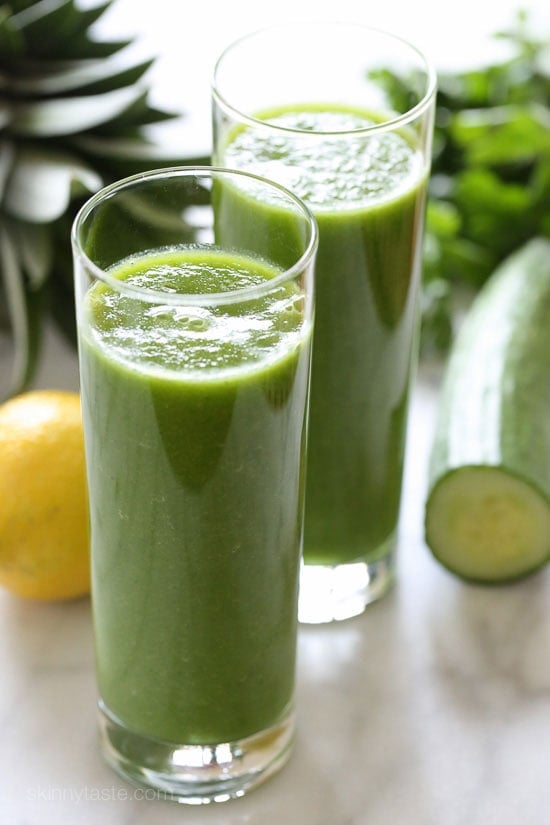
-
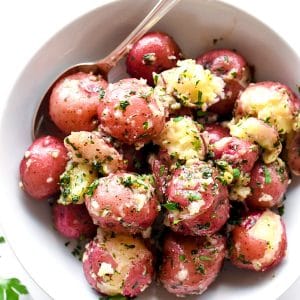
-
:max_bytes(150000):strip_icc()/traditional-english-parsley-sauce-recipe-435232-hero-01-0a25ceb649ac44588fe9aecd2d975881.jpg)
-
![Sweet Potato Roast with Parsley Pesto Image]()
-
![Scrambled Eggs With Sumac, Pine Nuts, and Parsley Recipe Image]()
-
![Italian Salsa Verde With Parsley and Capers Recipe Image]()
-
![Roasted Cauliflower Soup With Bacon and Parsley Oil Recipe Image]()
-
![Easy Lentil Soup With Lemon Zest, Garlic, and Parsley Recipe Image]()
-
![Zhug (Yemenite Hot Sauce With Cilantro and Parsley) Recipe Image]()
-
![Garlic-Parsley Butter (Beurre Maître d'Hôtel) Recipe Image]()
-
![Turkey Weisswurst (White German-Style Sausage With Lemon, Nutmeg, and Parsley) Recipe Image]()
-
![Quinoa Salad With Fresh Mint and Parsley Recipe Image]()
-
![Steak Tostada Bites Image]()
-
![Spicy Romesco Sauce Image]()
-
![Mushroom, Beef, and Sausage Lasagna Image]()
-
![Dijon Braised Chicken Thighs Image]()
-
![A Middle Eastern Lunch Image]()
-
![Freeform Veggie Lasagna Stack Image]()
-
![Homemade Mushroom Burgers Image]()
-
![Fish and Chips Kebabs Image]()
-
![The Lox Omelet Image]()
-
![Babs's Manicotti Image]()
-
![Spicy Mussel Linguine Image]()
-
![Pesto Quinoa Salad Image]()
-
![Spicy Black Bean Patties Image]()
-
![The Argentine Burger with Chimichurri Image]()
-
![Buffalo Meatballs Image]()
-
![Mushroom and Chicken Soup Image]()
-
![Rice Pilaf Salad Image]()
-
![Green Eggs & Ham Image]()
-
![Lucky Green Cream Cheese Image]()
-
![Real Beef Stroganoff Image]()
-
![Red Bliss Potato Salad Image]()
-
![Cheesy Chicken Broccoli Rice Casserole Image]()
-
![Sheet Pan Baked Salmon with Asparagus Image]()
-
![Garlic Bread Image]()
-
![Avocado Ranch Dip Image]()
-
![Baked Garlic Parmesan Potato Wedges Image]()
-
![Fettuccine Alfredo Image]()
-
![Roasted Asparagus Image]()
-
![Spaghetti and Meatballs Image]()
-
![Focaccia Bread Image]()
-
![Chicken Pot Pie Soup Image]()


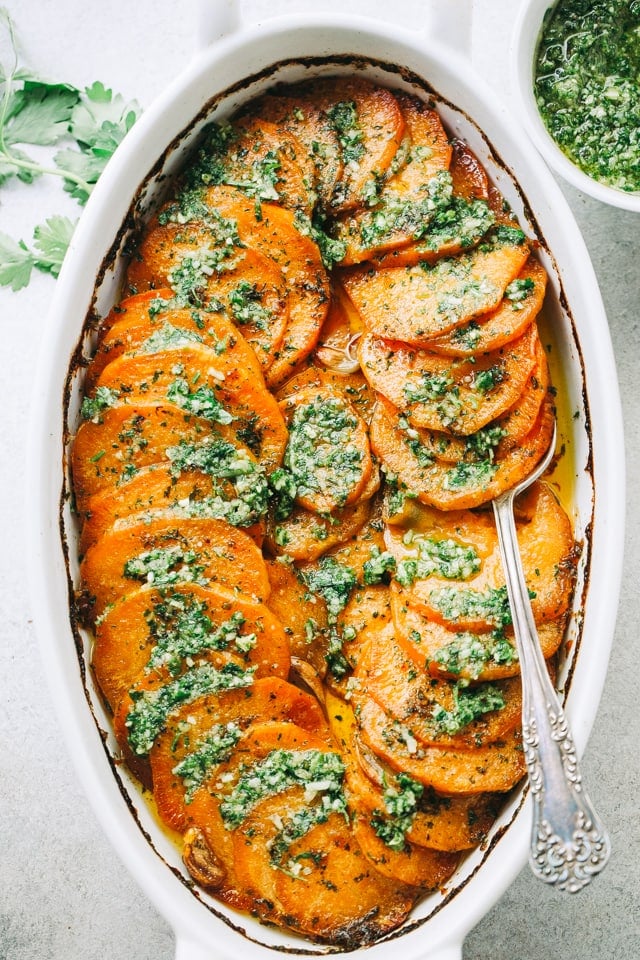
:max_bytes(150000):strip_icc()/__opt__aboutcom__coeus__resources__content_migration__serious_eats__seriouseats.com__recipes__images__2015__06__21050610-scrambled-eggs-sumac-pinenuts-parsley-olive-oil-1-a4e2c9fa68814ecda9feae5bd4f7e109.jpg)
:max_bytes(150000):strip_icc()/__opt__aboutcom__coeus__resources__content_migration__serious_eats__seriouseats.com__2018__01__20171219-bollito-misto-vicky-wasik-13-f7d020be060b450cb666bb2b5466e99d.jpg)
:max_bytes(150000):strip_icc()/__opt__aboutcom__coeus__resources__content_migration__serious_eats__seriouseats.com__recipes__images__2013__10__20131023-roasted-cauliflower-soup-60c50a8c9bb44dbe8447e661707b754a.jpg)
:max_bytes(150000):strip_icc()/__opt__aboutcom__coeus__resources__content_migration__serious_eats__seriouseats.com__recipes__images__2014__10__20141013-easy-lentil-soup-recipe-04-e45412c2d0474782a93eb505c3a3268f.jpg)
:max_bytes(150000):strip_icc()/__opt__aboutcom__coeus__resources__content_migration__serious_eats__seriouseats.com__recipes__images__2016__03__20160329-schug-yemenite-hot-sauce-falafel-recipe-11-6053d10d95af4359ae16aba91f2b8bf8.jpg)
:max_bytes(150000):strip_icc()/__opt__aboutcom__coeus__resources__content_migration__serious_eats__seriouseats.com__recipes__images__2016__07__20160801-grilled-oysters-06-02293577d3054f4992d7e49f0b1ca91e.jpg)
:max_bytes(150000):strip_icc()/__opt__aboutcom__coeus__resources__content_migration__serious_eats__seriouseats.com__recipes__images__2013__11__20131112-turkey-weisswurst-recipe-34-ba385b3d5ab64d1786f45a7b39c20e8e.jpg)
:max_bytes(150000):strip_icc()/108287454-56a9bd595f9b58b7d0fe8ac7.jpg)

